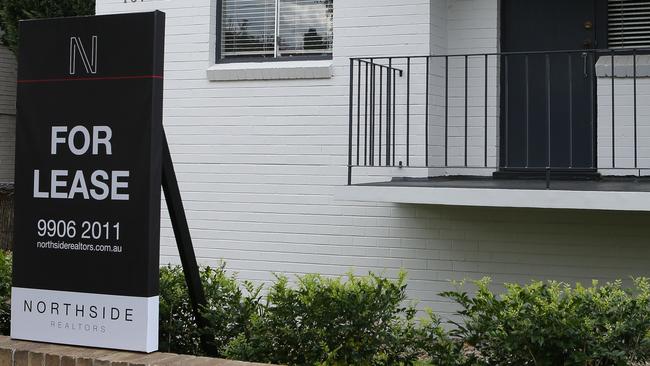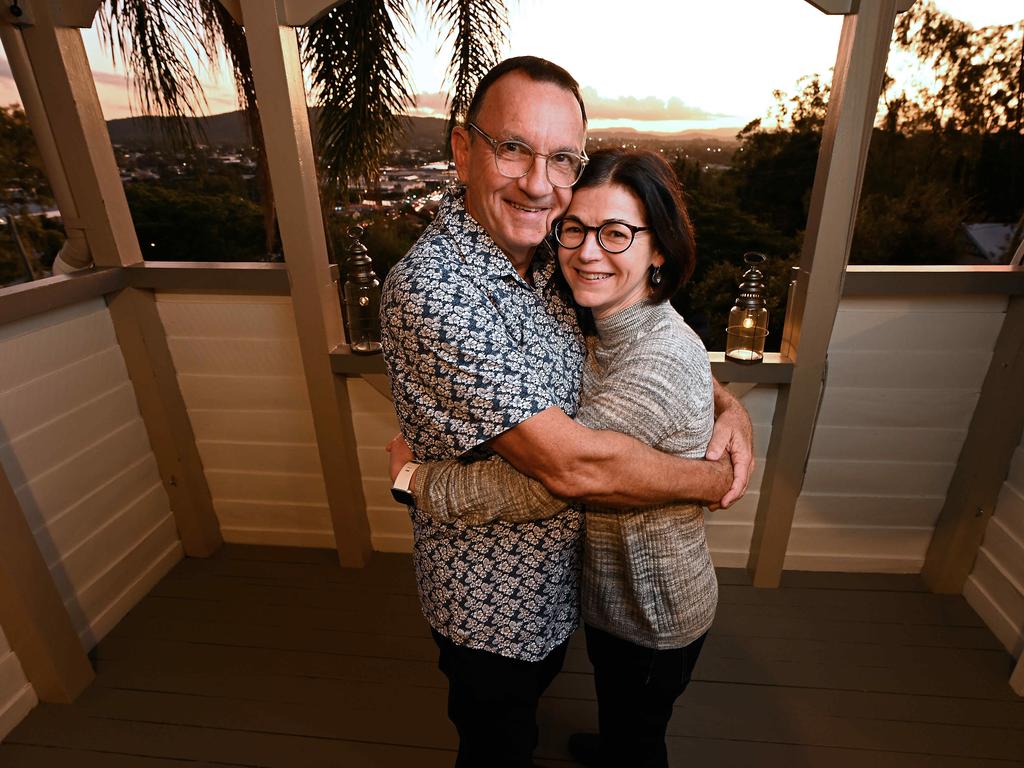Residential vacancy rates drop to a 16 year low as property market cools as RBA lifts rates
As the nation’s property market starts to cool amid rising interest rates, residential vacancy rates drop to a 16 year low.

Finding a rental property has become increasingly difficult for many tenants, confirmed by recent data showing vacancy rates have dropped to a new 16 year low, leading weekly rent prices to spike.
Residential vacancy rates sit below 1 per cent in many parts of the country, while weekly rental costs rose by 2 per cent throughout May, SQM Research data reveals.
SQM managing director Louis Christopher said one of the key factors that’s driving down vacancy rates is the reduction in household size, suggesting the Covid pandemic led people to want to live by themselves.
“Let’s say the number of persons per dwelling fell from 2.6 to 2.4. That would represent an increase in demand for a combination of some 800,000 dwellings in this country,” he said.
“Despite the fact we’ve built some 350,000 dwellings as well over Covid … we’re recording these very low rental vacancy rates.”
In the long term, there needs to be an increase in the supply of dwellings via public housing and incentives for builders to develop in busy CBD locations, Mr Christopher said.
Australia’s smaller capital cities have reported some of the fewest number of homes available to tenants, each below 1 per cent.
Head of research at investor buyers agency Propertyology, Simon Pressley, said out of the 100 cities and towns across Australia he tracks consistently, only five of them had a rental vacancy rate of 1.5 per cent or more at the end of May 2022.
“A balanced rental market is 2.5 per cent vacancy. Sub 2 per cent is generally when upward pressure on rent prices occurs. Anything under 1.5 per cent vacancy is ridiculously tight,” he said.
“Sydney (1.5 per cent), Melbourne (1.7 per cent), Noosa (3.3 per cent), Byron Bay (2.8 per cent) and Victor Harbour (1.9 per cent) are the only locations in this huge country that don’t currently have an official rental crisis.”
Capital city asking rents have also increased by another 2 per cent, rising 15.6 per cent in the past 12 months. House rentals in capital cities have seen 12 month increases of 15.8 per cent, while unit rentals have risen by 14.8 per cent.
Sydney’s combined rents have increased by 17.5 per cent in about 12 months, similar to Brisbane which is up by 18.6 per cent in the same period. Melbourne rentals have risen in price by 14.8 per cent.
The latest residential vacancy rate data comes as investment bank Jarden warned that house prices are set to drop as lending tightens with no reprieve until next year.
Through the final throes of the increases in the March quarter, the country’s 10.8 million homes increased by $221bn in the first three months of the year to bring the total market valuation to $10.17 trillion, according to the Australian Bureau of Statistics on Tuesday.






To join the conversation, please log in. Don't have an account? Register
Join the conversation, you are commenting as Logout